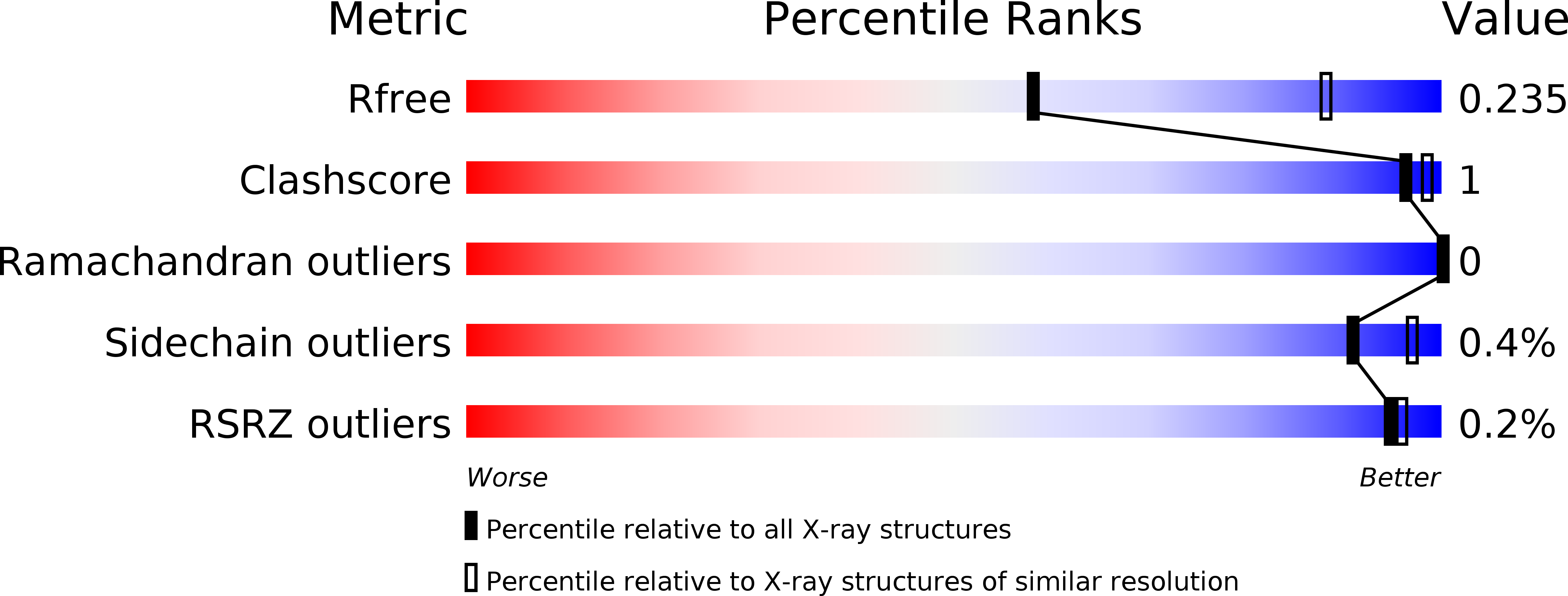
Deposition Date
2016-08-24
Release Date
2017-03-08
Last Version Date
2024-01-17
Entry Detail
PDB ID:
5T35
Keywords:
Title:
The PROTAC MZ1 in complex with the second bromodomain of Brd4 and pVHL:ElonginC:ElonginB
Biological Source:
Source Organism:
Homo sapiens (Taxon ID: 9606)
Host Organism:
Method Details:
Experimental Method:
Resolution:
2.70 Å
R-Value Free:
0.23
R-Value Work:
0.20
R-Value Observed:
0.20
Space Group:
P 32


